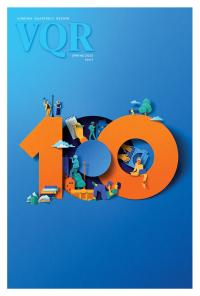Image


You should really subscribe now!
Or login if you already have a subscription.
Kris Graves is an artist and publisher based in New York and California. He received his BFA in Visual Arts from SUNY Purchase College and his work has been published and exhibited globally, including at the Museum of Modern Art, New York; the Getty Institute, Los Angeles; and the National...